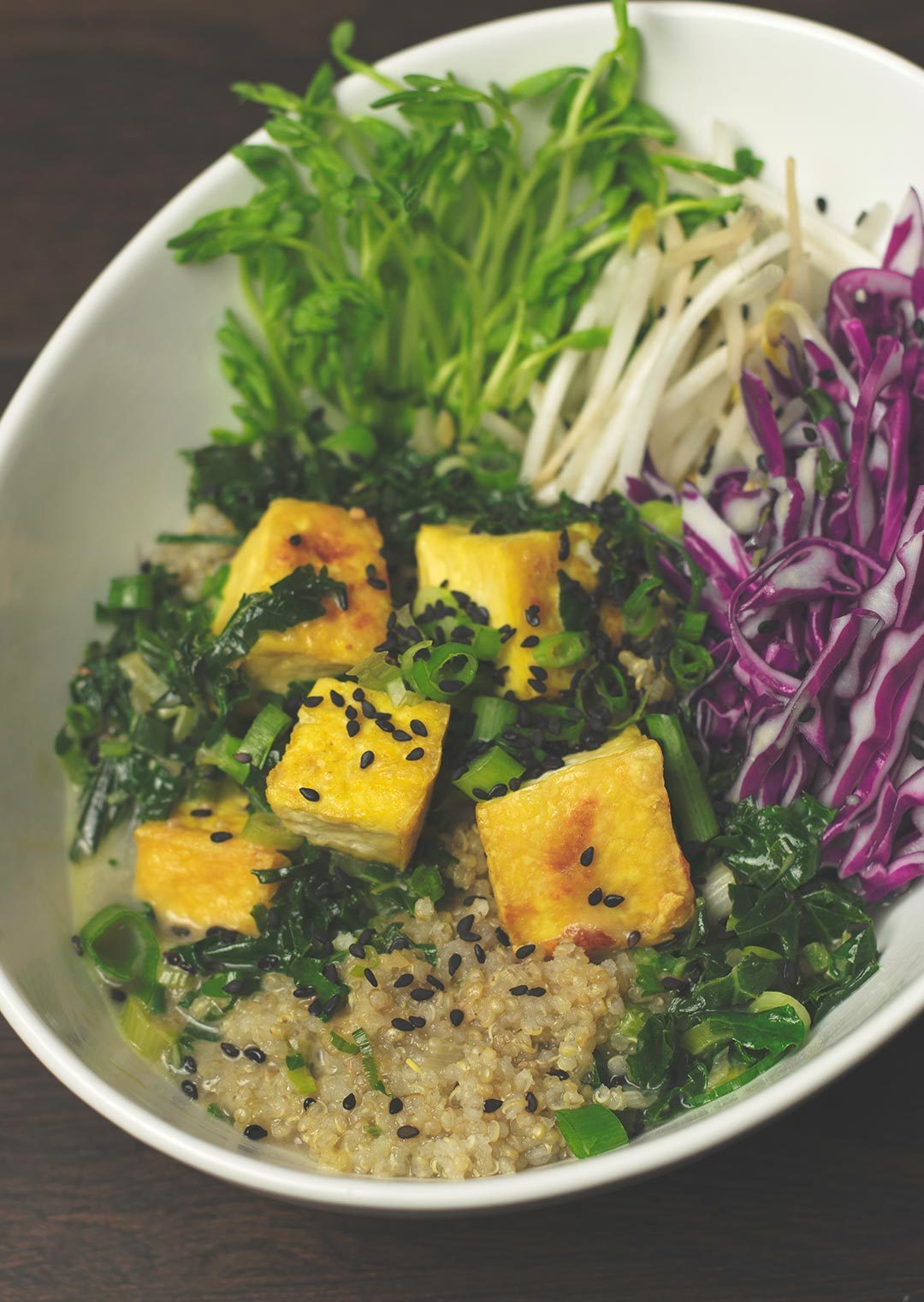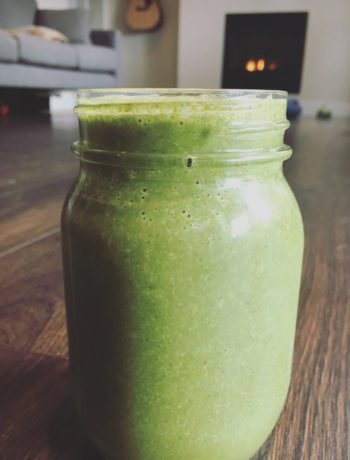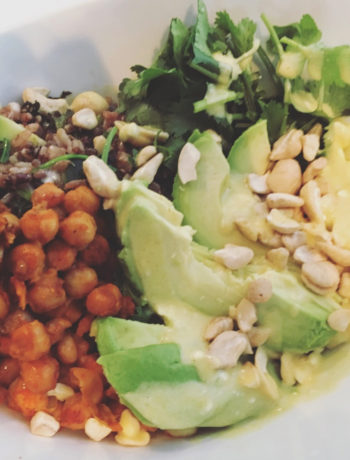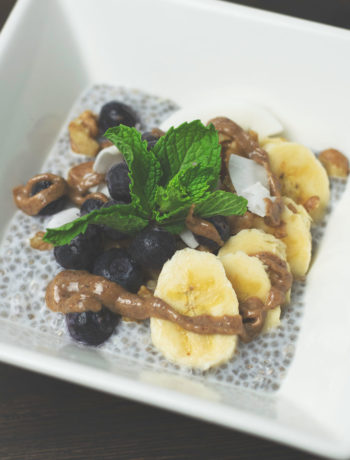Ride strong, recover stronger
Physically and mentally drained after your sport, you walk through your door past your dog who’s furiously licking the sweat from your legs. You’re spent, but you know you have to muster the energy put together a post-workout recovery meal.
As the body loses electrolytes through sweat, you’ll feel symptoms like muscle cramps, fatigue, nausea, and mental confusion. And if you’re not replenishing with the right amount of carbs, electrolytes, fats, fluids and proteins you’ll experience increased muscle damage and free-radical buildup—Making you feel weaker and weaker with each sweat session.
Hard tail maintenance 101
Timing is critical. After you wash you bike (always step #1), drop your gear at the door and hit the kitchen! The time frame for consuming your recovery meal ranges between 45 minutes to an hour post-workout.
Portions are paramount. In order to rebuild your muscles and get ready for another bout of exercise, it it suggested you eat 0.2 to 0.4 grams of protein combined with 0.8 grams of carbohydrates for every 2.2 pounds you weigh, per hour you’ve exercised.
Ingredients are imperative. Your goal is to provide immediate fuel in order to prevent breakdown of muscle tissue. This recipe includes carbs from veggies and quinoa along with protein from chicken, quinoa and pea shoots. The carbs will help spare your body’s own energy source and the protein will help to repair muscle and encourage muscle growth.
Carbohydrates
Carbs are not bad, but they should be from healthy sources. For an athlete, quality carbohydrates provide the body and brain with fuel needed to perform. Our body stores carbohydrates as glycogen to be used during activity. As we exercise, we burn through our glycogen stores. The longer and the more intense the session, the more we use.
Protein
Protein is the nutrient that creates and repairs damaged muscle tissue. Protein helps you recover after training sessions by aiding the synthesis of muscle protein, a key process for building muscle.
Fluids & Electrolytes
If after exercise your dog is licking your legs, it’s probably because your skin tastes salty! That means you lost some minerals (electrolytes) such as sodium and potassium during your workout. These minerals along with fluids are needed to help the body function normally.
Nutritional Highlights
Miso – Miso contains a lot of sodium, 200-300 mg/teaspoon so it can also help restore electrolytes after a long workout.
- Stimulates digestion and is high in fiber
- Strengthens the immune system and can help fight infections
- Contains probiotics for a healthy gut
- Lowers LDL or “bad” cholesterol
- Contains all nine essential amino acids, making it a complete protein
- Contains antioxidants such as zinc, manganese and copper, which are known to increase energy levels
Quinoa – Essential nutrients for muscle recovery, one cup of quinoa delivers minerals, fiber, antioxidants, enzymes, all nine essential amino acids and nine grams of protein. Additionally, with its glycogen-restoring carbohydrates and energy-boosting iron, Quinoa is one of the most complete foods in nature .
Ginger – Ginger is among the healthiest and zestiest spices on the planet. A natural anti-inflammatory, it may reduce nausea, help with digestion, fight cancer and boost the immune system. For athletes, ginger can open up your airways, assist in weight-loss, improve circulation and strengthen your immune system.
Kale – For athletes, the iron in Kale will transport oxygen to various parts of the body. The Vitamin B6 in Kale will help maintain healthy nervous and immune systems.
Coconut Milk – Loaded with natural pH feeding electrolytes, immunity and energy enhancing lauric acid and fat burning MCTs.
Cilantro – Cilantro is one of the richest herbal sources for vitamin K; provide about 258% of daily recommended intake. Vitamin-K has a potential role in bone mass building. —recovery faster from injuries!
Chili Pepper – Rich in Anti-inflammatory boosting antioxidants, immunity enhancing vitamin C.
Pea Shoots – Peas are commonly being used as a base protein concentrate for many vegan protein powders and they contain between 20-25% protein (Move over popeye, I’m comin up). Pea shoots are also rich in protease inhibitors, these little dudes stop bacteria, viruses and fungi in their tracks. They also prevent certain viruses that promote cancer and are useful in reducing LDL (bad cholesterol) in the blood.
Spring Onions – Green onions are full of free radical crushing antioxidants, collagen-forming and bone-strengthening vitamin C & K, and Vision-boosting vitamin A.
Red Cabbage – Cabbage has anti-inflammatory properties, is rich in bone strengthening Vitamin K, brain-boosting polyphenols and is packed with collagen-forming and immunity enhancing vitamin C.
Radish – Rich in tissue and blood vessel rebuilding Vitamin C, healthy bowel promoting fibre and electrolyte balancing potassium.
Miso Hungry: Recovery Protein & Electrolyte Bowl
Print RecipeIngredients
- 1 c Quinoa
- 1/2 c tofu, cubed
- 2 tsp miso paste (I like Amano brand Shiro or Genmai http://www.amanofoods.ca/organic-shiro-miso-white/ )
- 1 tsp sesame oil
- 1 tsp Bragg Soy
- 1 handful of pea shoots
- 1/2 cup bean sprouts
- 1/2 cup shredded red cabbage
- Bunch chopped cilantro
- 1/4 c diced spring onions
- 1-2 diced radish
- 1/2 tsp black sesame seeds
- 1/2 c coconut milk
- 1/4 c water
- Juice of 1 knob ginger
- 1/2 red chili pepper, diced
- 1 handful of kale chopped
Instructions
Prepare the tofu
Pre-heat oven to 400°F. Lightly coat cast iron pan with coconut oil. Arrange tofu and cook for about 30min.
Cook Quinoa
1 cup of uncooked quinoa to 1 3/4 cups of liquid for 15-20min.
Prepare miso broth:
In a saucepan on low, heat the coconut milk, water, tsp miso, juice of ginger, chili and kale for a few minutes.
To plate:
Neatly arrange the sprouts, cabbage, cilantro, radish and a scoop of quinoa in a bowl. Coat with miso broth.Place tofu on top, sprinkle with onion and sesame seeds.





1 Comment
Miso-Braised Short Rib Au Jus (From @ladyandpups) – crumbs
May 16, 2021 at 5:45 pm[…] This protein- and electrolyte-packed post-workout recovery bowl from Zesty Life […]